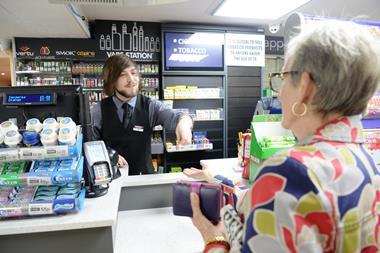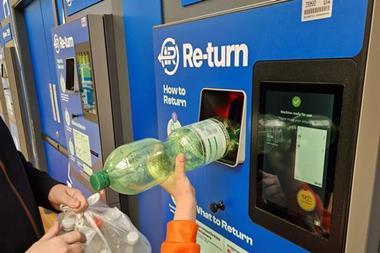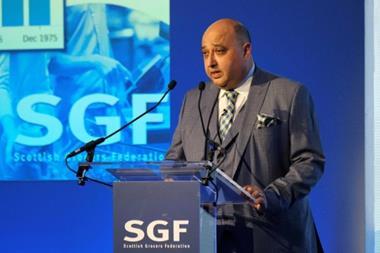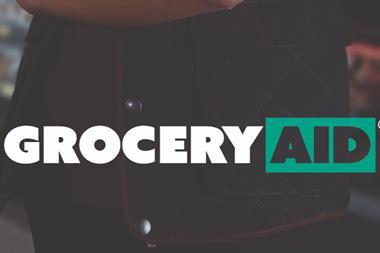Retailers report trading woes one year after plain packaging

Retailers are reporting a double-whammy of falling footfall and rising crime almost one year on from the introduction of plain packaging and ban on small tobacco packs.
A TRA survey found that 80% of respondents have reported a decline since 20 May 2017
ALREADY HAVE A REGISTERED USER ACCOUNT? PLEASE LOG IN HERE
To read the full story join the ConvenienceStore.co.uk community today!
Registration is quick and easy and provides access to:
- Unlimited ConvenienceStore.co.uk articles
- Our great range of newsletters
- Content you’ve saved for later via the ‘my library’ feature
And much more…



























